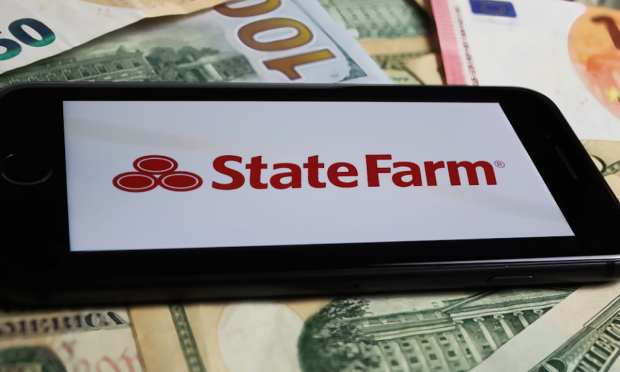State Farm: Like A Good Neighbor, Faster Payments Are There

No one likes waiting on an insurance payout – particularly the part where one spends days checking the mailbox for the arrival of a paper check, a stark contrast to the ability to make payments online every month with a few clicks.
State Farm, the largest insurer of cars and homes in the nation, is taking proactive steps to bring the convenience of digital payments to digital payouts. A new partnership with Fiserv will incrementally deploy digital payout technology to offer speed and flexibility in auto and fire claim payments going forward.
The deal, as Fiserv Head of Carat and Digital Commerce Nandan Sheth told Karen Webster, was created to give State Farm customers the flexibility to choose how and when they want to take delivery of their payments, while providing State Farm with a way to digitally connect with their customers.
“As we’re handling inflows and outflows, I think there is a massive opportunity to make disbursements more efficient for insurance companies,” Sheth explained.
How It Works
Going forward, when it comes time to get paid, State Farm customers will get an email guiding them to the payment portal, where they will have three choices. The first two are to receive an ACH payment to their checking account or to receive an instant disbursement directly to a debit card. Entering information for those payments is a one-time-only event, said Sheth: Once they are placed in the system, the consumer can simply click and go when it comes to choosing their preferred disbursement method.
As a third option, the consumer can still choose a check payment if that is their preference – though instead of coming in the mail, said check will be sent to them as a PDF. They can choose to print it out and deposit it the old-fashioned way at the branch, Sheth noted, but consumers can also have the check deposited directly into their bank account, which only requires that they enter their banking username and password. Or the consumer can enter a debit card, opt to convert the payment to debit and have it deposited instantly into their account.
“We’ve long had a theory that insurance could be a really interesting segment, because as it relates to claims, there was a lot of paper,” Sheth told Webster. “The consumers want greater speed, because they’re used to moving money instantly on platforms like Venmo, and then what they get [from their insurance company] is this paper check. Insurance is where the market is.”
And when it comes getting the market to where it could be, he noted, Fiserv and State Farm are just getting started.
Modernizing the Payout Infrastructure More Broadly
The new payments partnership is starting with ACH, debit and (digitally upgraded) check payouts, which is a great starting point – and hundreds of millions of dollars worth of digital claim payouts have already been made this way, Sheth told Webster. But that’s not the sum total of their efforts to expand options for insurance disbursements. The next natural question, he noted, is how they can continue to provide options that may not be available today.
“In the future, it’s going to be debit, and the wallets, and ACH, and then the check,” Sheth predicted. “We are experimenting with an even lighter version where with one click, you can pick up your payment with multiple options and it’s instantaneous.”
Consumers, particularly younger ones, aren’t habituated to waiting on checks – they are used to getting paid instantly. And while COVID-19 didn’t create the massive push for upgraded and modernized digital disbursements, it was percolating beneath the surface long before the words “global pandemic” became part of the conversation.
As Sheth noted, COVID forced the market to accelerate its digitization across verticals – insurance, the gig economy, employee payroll, etc. – and created an unprecedented need for the next evolution of products to meet the emerging needs of modern customers.
“COVID just accelerated everything,” he noted. “Between insurance, gaming and the gig economy, the growth from a volume standpoint has been explosive.”
